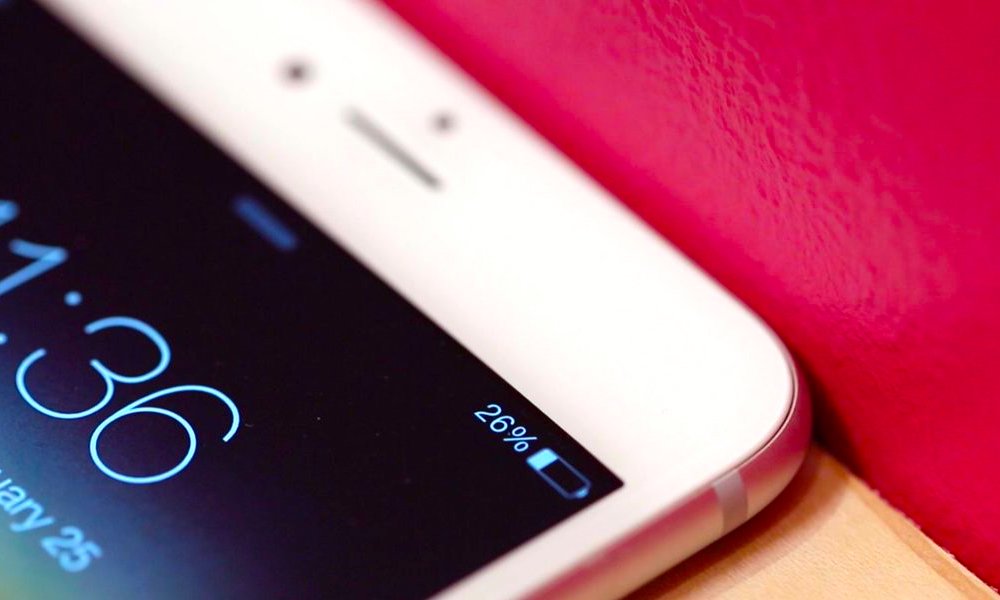Apple Will Now Allow Repairs on iPhones with Sketchy Aftermarket Batteries
 Credit: Tech News Inc.
Credit: Tech News Inc.
Toggle Dark Mode
In an unexpected policy change, Apple will now allow repairs on iPhones with third-party batteries installed in them.
The move was first reported by French blog iGeneration and later corroborated by an internal service document obtained by MacRumors. The policy change applies to Apple Store Genius Bars and Apple Authorized Service Providers (AASP).
It’s big news for iPhone owners, consumer advocates and the right-to-repair movement. Previously, Genius Bar and Authorized Service technicians were instructed to turn away any iPhone with a third-party battery installed regardless of the specific circumstances.
Now, Apple-affiliated technicians have a few new policies related to iPhone repairs if said devices have non-original batteries.
If an iPhone repair is unrelated to a battery (such as a display repair or logic board swap), technicians are now instructed to ignore the battery and proceed with the service normally.
Learn More: How to Know When It’s Time to Replace Your iPhone’s Battery
But if a repair actually is related to the battery, Genius Bar and AASP staff are now allowed to replace it with an official Apple battery for the standard fee. According to Apple’s internal documentation, technicians must drain the battery to less than 60 percent of a charge before swapping it out.
Similarly, repair staff can now replace an entire iPhone for the cost of a battery if the battery tabs are broken or missing, or if there is excessive adhesive applied. This will be done on a case-by-case basis at a repair technician’s discretion, however.
While iGeneration reported that the policy change took place on Feb. 28, the document obtained by MacRumors indicates that the updated service guidelines will kick in on Thursday — and it should apply to iPhone repairs globally.
On the other hand, technicians are still instructed to deny service if an iPhone has a third-party logic board, enclosure, microphone, Lightning port, headphone jack, analog buttons, TrueDepth sensor, or other common components.
It isn’t the first time that Apple unexpectedly changed its repair policies. Back in February 2017, Apple began allowing repairs on iPhones with third-party displays installed.
Of course, there are some serious safety concerns with allowing repairs on third-party batteries.
Aftermarket batteries are much more prone to catching fire or exploding than certified Apple components (though there’s still a risk for any lithium-ion battery).
iGeneration even reported that Apple staff are already concerned about liability and safety issues, especially when repair technicians are unaware of a third-party battery before they begin repairs.
One Apple technician told iGen in French that third-party batteries can expand or short circuit the motherboard once the enclosure is opened if they don’t know about it beforehand.
Because of the risks, we still recommend against third-party battery swaps. But if you do take an iPhone with an aftermarket battery to an Apple technician, be sure to notify them of the third-party battery before service.






